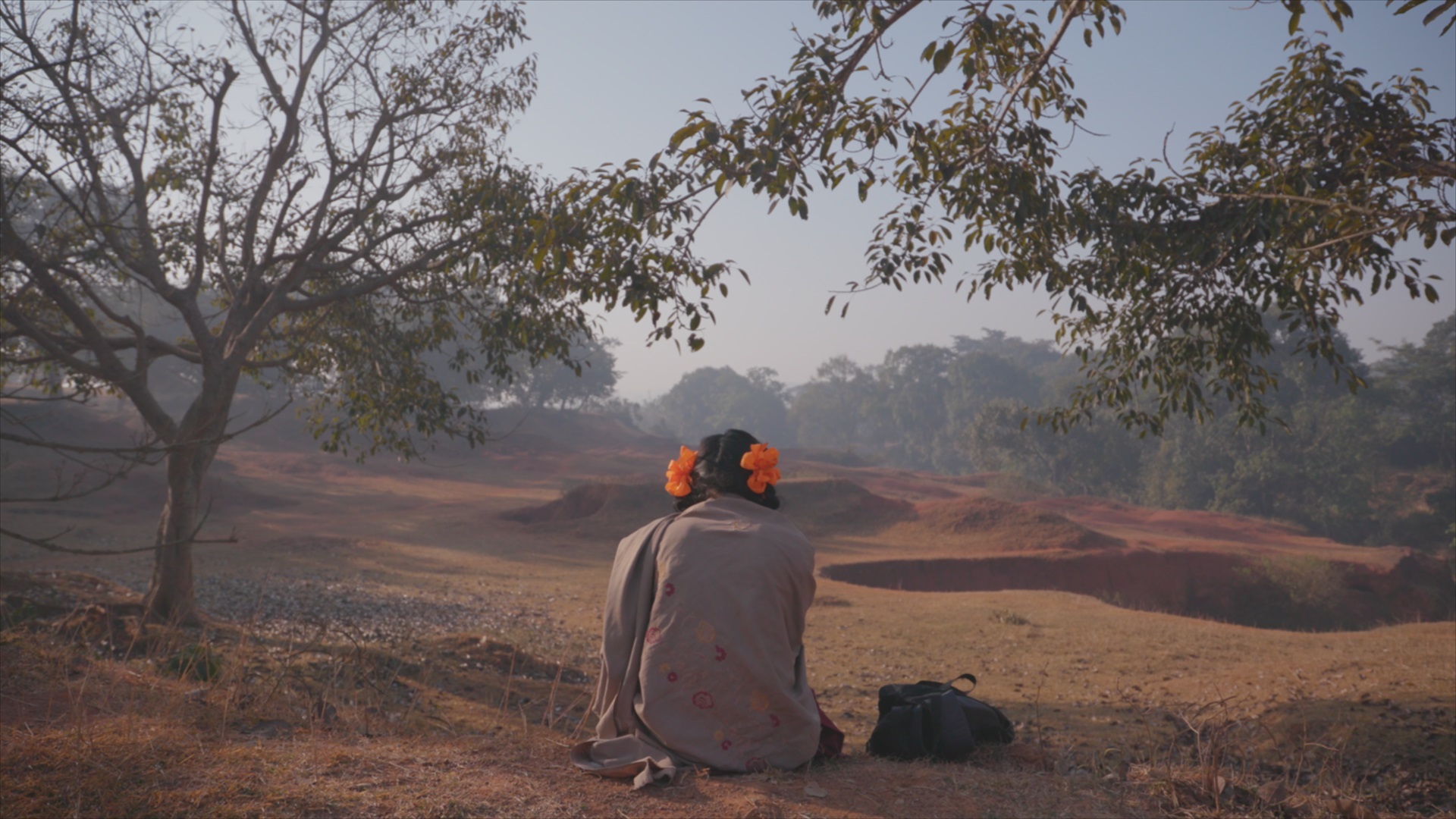On the surface, Nisha Pahuja’s “To Kill a Tiger” doesn’t look that different from any other documentary set in rural India. The visual palette is bright yet rustic. The characters, real figures, speak a thick East Indian dialect of Hindi, take pride in their community, and allow cameras into their lives.
But the award-winning film, executive produced by Dev Patel and Mindy Kaling, along with the National Film Board of Canada, does what so much media focused on social change cannot: It goes right to the source. “To Kill a Tiger” is about one family seeking justice for the sexual assault of their 13-year-old daughter — but as the legal battles wears on, the documentary roots out the societal structures and collective thinking that find such brutal crimes pervasive and largely unreported in the world’s largest democracy.
“To Kill a Tiger” opens with the survivor’s father, Ranjit, speaking frankly as he describes the night she came home late after the attack. Pahuja’s team — particularly cinematographer Mrinal Desai — capture the insular intimacy of this village with enviable ease; there are many moments between the family and of the children as they run around or stand nearby while their parents are interviewed. The central family unit has the rare honesty of people not only living with minimal technology, but being generally unimpressed by it.
For these are the communities where one begins to end the epidemic of sexual assault in India where a woman is raped approximately every 20 minutes — and a source in the documentary says the violence has increased since previous attempts to arm women against attackers. Now, the focus shifts to reevaluating how men and boys and the wider structures around them condone and enable violent rape and other attacks on women. Ranjit tells the crew early on that other villagers suggested marrying his daughter off to one of her rapists (there are three) since she has already brought shame to the family — and one of the most vocal early advocates of this on-screen is an elderly woman.
As women’s rights advocates visit the village and offer support for the family, they hold congress with the villages in some of the film’s most confounding and compelling scenes. Men and women listen in silence while these figures explain that rape is a crime, that it can be prevented by more than just victims and survivors, that punishment alone should not stop someone from committing this act, but moral fiber. Figures like the elderly woman and later a man in a position of local authority begin to push back, but they don’t respond to these points directly; they sound a lot like Western politicians discussing reproductive or LGBTQ+ rights, regurgitating the mentality they grew up with, reluctant and perhaps afraid to imagine a different world.
One of the most popular Bollywood films of 2018 was Rohit Shetty’s “Simmba,” the story of a police officer drive to avenge the rape and murder of Aakruti (Vaidehi Parashurami). For the first hour or so, it’s a classic musical romp (Shetty’s bread and butter), with Ranveer Singh on a charm offensive. When the rape and murder do occur (off-screen), details line up with headlines from the 2012 Nirbhaya case, in which Delhi’s Jyoti Singh was gang raped and subsequently killed by the wounds she sustained.
In real life and in “Simmba,” the attackers eventually faced death, and “Simmba” suggests that this brings Aakruti peace — that justice is found in just punishment, not preventing such crimes in the first place.
It’s easy to criticize the blunt themes of “Simmba,” but Shetty’s film is trying to speak the audience’s language — and “To Kill a Tiger” shows exactly where those messages were targeted. This is not the Westernized India of film industry elite, nor the progressive urban backdrop of “Rocky Aur Rani” — and these citizens have no desire to emulate those lifestyles. Preventing sexual assault is a multifaceted effort, one that has to include women, men, youngers, elders — everyone, even in a small village.
Whether the focus is dangers posed to men, solidarity among women, or shared shame, the goal has to be the same even if the paths toward it vary. And throughout “To Kill a Tiger,” Ranjit and his family stand as shining, noteworthy examples — people who did not have to be told or taught that what these men did to their daughter was wrong, but stood unquestioningly by her side when she spoke up and fought back.
Through this, “To Kill a Tiger” achieves its most impressive feat; despite the inescapably heavy subject matter, the film focuses on hope and action — without ever diminishing the gravity of what happened to Ranjit’s daughter. The audience sits not in pain and atrocity, but in incremental change, witnessing over the course of two hours that it is absolutely possible.
“To Kill a Tiger” is now playing in New York City and will expanding to other locations on Friday, October 27.





